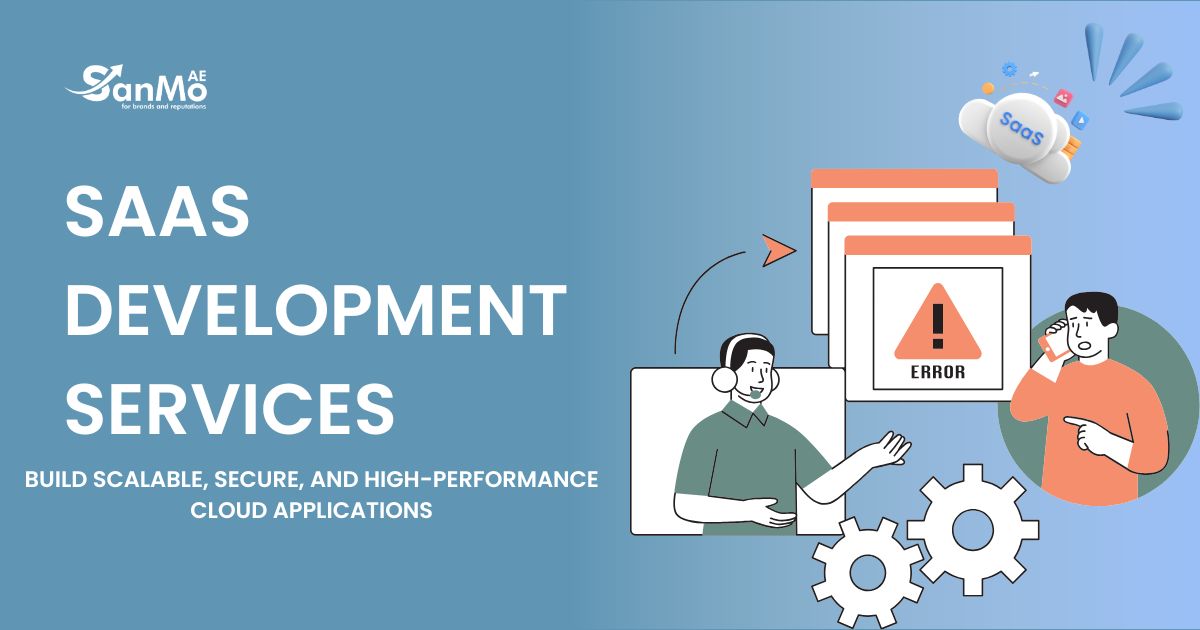Your company’s online reputation can make or break your business. Positive reviews and social media mentions boost credibility, while negative content can drive potential customers away. Studies show 88% of consumers read reviews before purchase decisions, and a single negative review can cost a business up to 30 customers.
Negative content management is now essential for businesses of all sizes. It involves monitoring, addressing, and mitigating harmful content that could damage your reputation—from scathing Google reviews to unflattering social media posts.
This guide will show strategies to address harmful content, prevent reputation damage, and turn negative experiences into opportunities for growth.
What Is Negative Content Management?
Negative content management is the process of identifying, monitoring, and addressing unfavorable online content about your brand. It goes beyond replying to bad reviews—it’s a comprehensive strategy to minimize impact.
It includes continuous monitoring, creating response strategies, and implementing preventive measures. Many businesses use specialized tools to track mentions across social media, review sites, news outlets, and forums.
The goal isn’t to eliminate all negative content—that’s unrealistic—but to maintain balance, with positive content outweighing negatives, and addressing feedback constructively.
Types of Negative Content
Customer Reviews and Ratings
Platforms like Google, Yelp, and industry-specific sites host millions of opinions. Negative reviews may stem from genuine issues, misunderstandings, or competitor sabotage. Regardless, they require careful responses.
Social Media Posts
Unhappy customers use Facebook, Twitter, Instagram, and LinkedIn to voice frustrations. These posts can spread rapidly, remaining visible and searchable.
News Articles and Press Coverage
Media coverage is difficult to manage, as articles often rank high in search results. Negative press may result from complaints, disputes, or regulatory issues.
Blogs and Opinion Pieces
Bloggers, industry experts, or competitors may publish negative content. Such posts often rank well due to strong domain authority.
Forums and Communities
Discussions on Reddit, industry boards, or niche communities can influence customer perception.
The Impact of Negative Content
Financial Consequences
Reputation directly affects revenue. A one-star increase on Yelp boosts restaurant revenue by 5–9%. Poor reputations increase marketing costs and reduce conversions.
Customer Trust and Loyalty
Trust is the foundation of customer relationships. Negative content erodes confidence, leading to churn and reduced lifetime value.
Employee Recruitment and Retention
Job seekers research employers online, and negative reputation can deter talent. Current employees may also feel discouraged.
Partnerships and Investments
Investors, partners, and suppliers conduct due diligence. Negative content can block deals, funding, or collaborations.
Building a Management Strategy
Monitoring Systems
You can’t address what you don’t know. Use Google Alerts as a start, but professional tools like Mention, Brand24, and Sprout Social provide deeper coverage and sentiment analysis.
Monitor visual content too, as user-generated images and videos can spread negativity.
Response Protocols
Develop clear guidelines for responding to reviews, posts, and articles. Define response times, approval processes, and messaging standards.
For reviews, acknowledge concerns and provide specific solutions. On social media, respond quickly with professionalism. Use templates for common complaints but personalize replies.
Training Your Team
Train customer service, PR staff, and social media managers in your brand voice and response strategy. Cross-train to ensure coverage when key staff are unavailable.
Responding to Negative Content
Timing
Social media requires fast replies (within hours). Reviews may allow 24–48 hours for investigation. For serious issues, follow crisis protocols and involve stakeholders.
Crafting Responses
Acknowledge concerns, show empathy, and explain how you’ll address issues. Be specific about actions taken. Move sensitive discussions offline when appropriate.
When Not to Respond
Ignore obvious spam, fake reviews, or inflammatory bait. Report content that violates platform policies instead.
Preventing Negative Content
Improving Customer Experience
Deliver excellent customer experiences consistently. Survey customers, implement quality control, and resolve concerns early.
Proactive customer success programs can prevent complaints from becoming public.
Encouraging Positive Reviews
Ask satisfied customers for reviews. Provide links and simple instructions. Target the most important platforms—Google for local, e-commerce reviews for online stores.
Legal and Ethical Considerations
Your Rights
Businesses have limited ability to remove content. You can report fake reviews, spam, or violations, but legitimate negative feedback usually stays.
For defamatory false statements, legal action is possible—but risky, as it can amplify attention.
Ethical Practices
Always be transparent and honest. Never buy fake reviews or create false content. Respect customer privacy when responding.
Measuring Success
KPIs
Track sentiment ratios, response times, and resolution rates. Monitor brand search results and ranking positions for negative vs. positive content.
Long-term Impact
Link reputation improvements with customer acquisition, conversions, and revenue growth. Conduct surveys to understand perception. Monitor employee satisfaction and recruitment outcomes.
Moving Forward with Confidence
Negative content management requires continuous attention. Start with basic monitoring and responses, then expand into advanced strategies.
No business has a perfect reputation. The goal is balance—maintaining a strong positive presence while handling criticism professionally.
Handled well, negative feedback becomes a chance to show commitment to customers and improvement, ultimately strengthening relationships and brand reputation.








